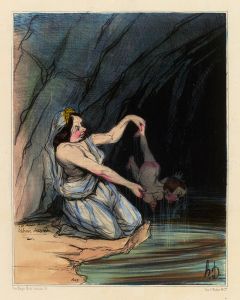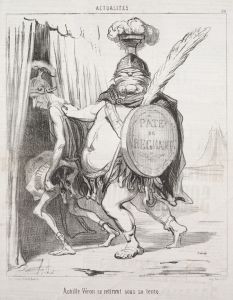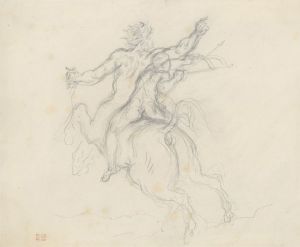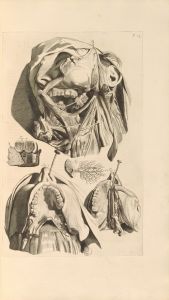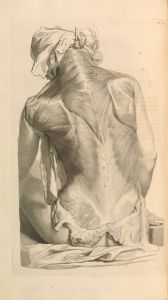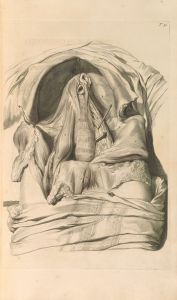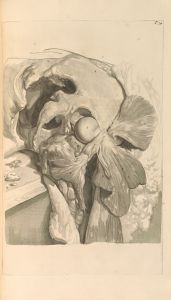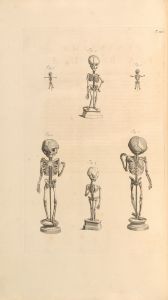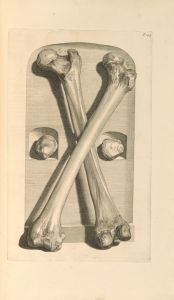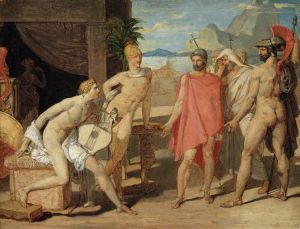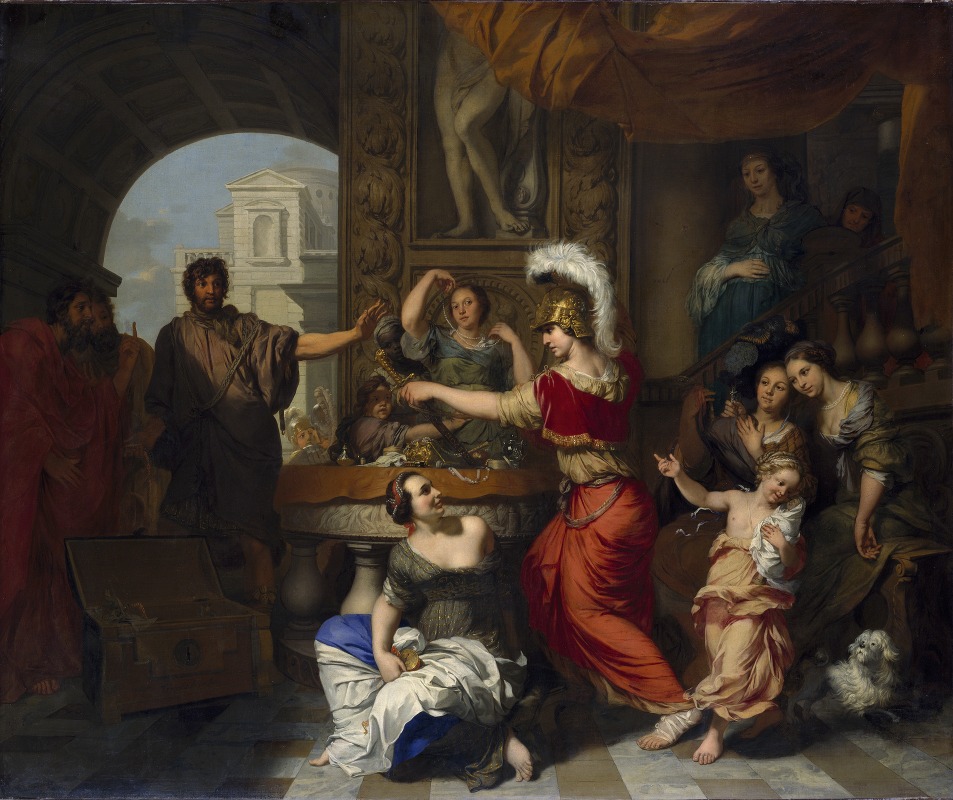
Achilles recognized by Ulysses at the Court of Lycomedes
A hand-painted replica of Gerard de Lairesse’s masterpiece Achilles recognized by Ulysses at the Court of Lycomedes, meticulously crafted by professional artists to capture the true essence of the original. Each piece is created with museum-quality canvas and rare mineral pigments, carefully painted by experienced artists with delicate brushstrokes and rich, layered colors to perfectly recreate the texture of the original artwork. Unlike machine-printed reproductions, this hand-painted version brings the painting to life, infused with the artist’s emotions and skill in every stroke. Whether for personal collection or home decoration, it instantly elevates the artistic atmosphere of any space.
"Achilles Recognized by Ulysses at the Court of Lycomedes" is a painting by the Dutch Golden Age artist Gerard de Lairesse (1641–1711). The artwork depicts a scene from Greek mythology, specifically the moment when Ulysses (Odysseus) identifies Achilles, who is disguised as a woman, among the daughters of King Lycomedes. This episode is part of the mythological narrative surrounding the Trojan War.
According to the myth, Thetis, the mother of Achilles, sought to prevent her son from joining the Trojan War, as it had been foretold that he would die in battle. To protect him, she disguised him as a woman and hid him among the daughters of King Lycomedes on the island of Skyros. However, Ulysses, tasked with assembling the Greek forces for the war, devised a clever plan to reveal Achilles' identity. He presented gifts to the women, including jewelry and weapons. While the women admired the jewelry, Achilles instinctively reached for the weapons, thus exposing himself as a warrior.
Gerard de Lairesse's painting captures this dramatic moment of recognition. The composition reflects the artist's mastery of classical themes and his ability to convey narrative through expressive figures and dynamic arrangements. De Lairesse was known for his interest in classical antiquity and mythology, which were popular subjects during the Dutch Golden Age. His works often demonstrate a strong influence from the Baroque style and the ideals of classical art.
The painting is notable for its detailed depiction of the characters and their interactions. Ulysses is typically portrayed as a cunning and observant figure, while Achilles is shown in the act of revealing his true nature. The daughters of Lycomedes, who are unaware of the deception, add to the dramatic tension of the scene.
As of now, specific details about the painting's creation date, current location, and provenance are not widely documented. Gerard de Lairesse's broader body of work, however, is well-regarded for its mythological and allegorical themes, as well as its technical precision and classical inspiration.
This artwork exemplifies the enduring appeal of mythological subjects in European art and highlights de Lairesse's contribution to the tradition of history painting.





